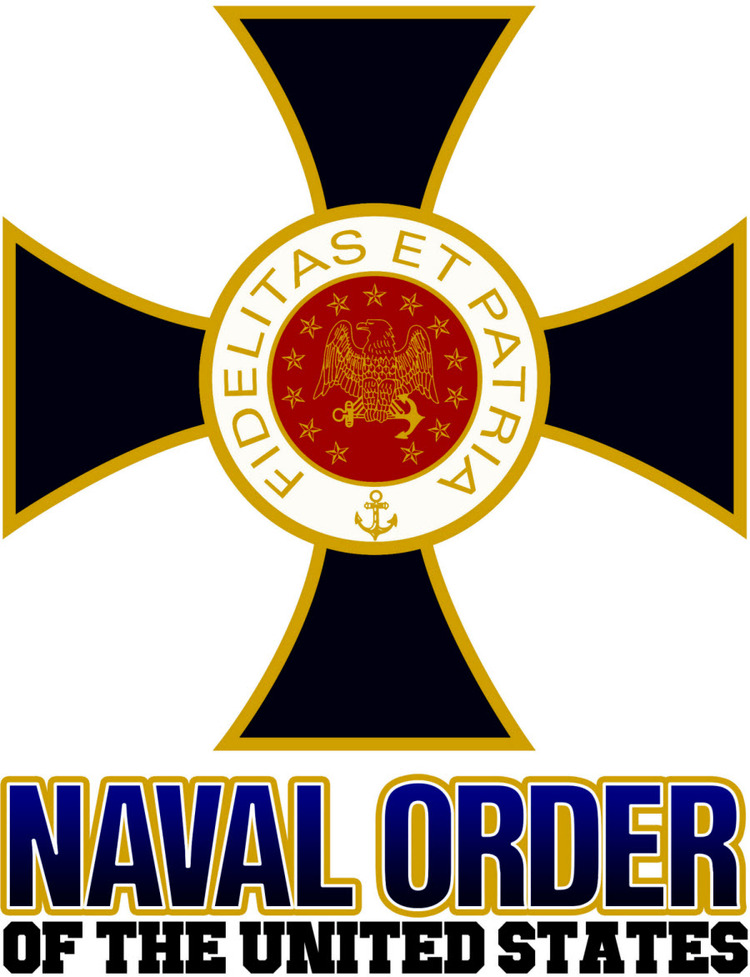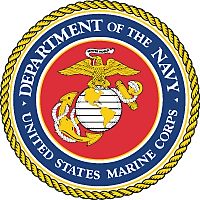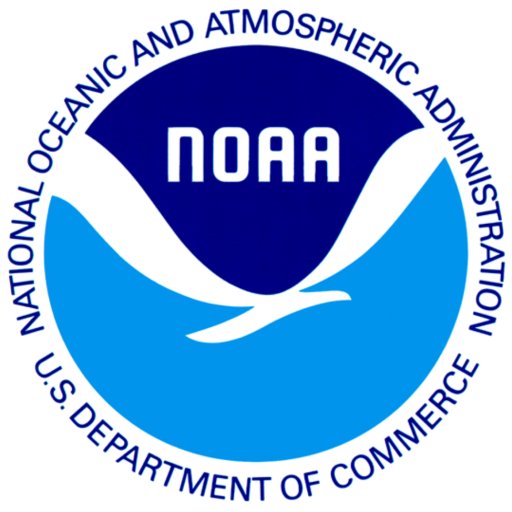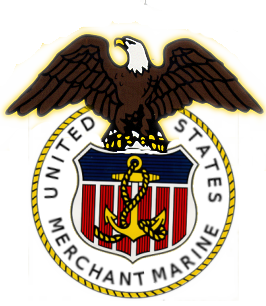
by Stephen M. Younger
Finalist for NOUS' 2019 Samuel Eliot Morison Award for Naval Literature
USS Nevada (BB-36) was America's first modern battleship. When her keel was laid in 1912, kings and emperors still ruled much of the world. When she finally slipped beneath the waves in 1948, America was the undisputed global superpower.
Nevada was revolutionary for her time: the first "superdreadnought"; the first U.S. warship to be oil fired; the first to have a triple-gun main turret; and, the first to have all-or-nothing armor. In World War I, she was based in Queenstown, Ireland, to provide protection for American convoys bringing troops to Europe. She survived the naval reduction treaties of the 1920s and was rebuilt in 1928 with the latest technology. The only battleship to get underway at Pearl Harbor, suffered damage from Japanese bombs and torpedoes and sank in shallow water. Raised and repaired, she did convoy duty in the North Atlantic before joining the invasion fleet for D-Day and the landings in Southern France. Shifting to the Pacific, Nevada provided bombardment support at Iwo Jima and Okinawa. The end of the war saw her outgunned and outmoded, but her contributions were not over. In 1946, she survived not one but two atomic tests, the second of which left the battleship too radioactive for scrapping. On a sunny day in 1948, Nevada was towed off the coast of Oahu and used for target practice. After five days of pounding by everything the Navy could throw her, Nevada was dispatched by a torpedo. She died a warrior's death.
Silver State Dreadnought is the story of a remarkable ship, but it is also the story of the remarkable men who sailed in her. Nevada's first captain, William S. Sims, brought his unique style of leadership to America's premiere battleship and set the tone for what became known as the "Cheer Up Ship." As Nevada aged, the ship gained the affectionate name "The Old Maru," beloved by all who served in her.
Ordering Info: Amazon
Publisher: Naval Institute Press, 2018
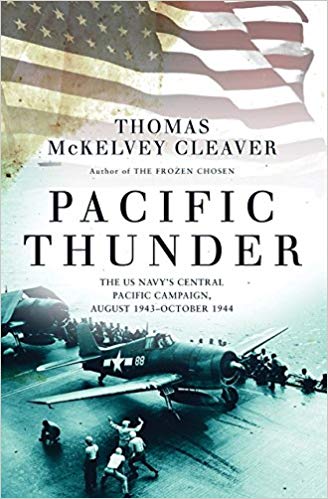
by Thomas McKelvey Cleaver
Finalist for NOUS' 2018 Samuel Eliot Morison Award for Naval Literature
On October 27, 1942, four “Long Lance” torpedoes fired by the Japanese destroyers Makigumoand Akigumo exploded in the hull of the aircraft carrier USS Hornet (CV-8). Minutes later, the ship that had launched the Doolittle Raid six months earlier slipped beneath the waves of the Coral Sea. Of the pre-war carrier fleet the Navy had struggled to build over 15 years, only three were left: USS Enterprise, which had been badly damaged in the battle of Santa Cruz; the USS Saratoga (CV-3), which lay in dry dock, victim of a Japanese submarine torpedo; and the USS Ranger (CV-4), which was in mid-Atlantic on her way to support Operation Torch.
For the American naval aviators licking their wounds in the aftermath of this defeat, it would be difficult to imagine that within 24 months of this event, Zuikaku, the last survivor of the carriers that had attacked Pearl Harbor, would lie at the bottom of the sea. Alongside it lay the other surviving Japanese carriers, sacrificed as lures in a failed attempt to block the American invasion of the Philippines, leaving the United States to reign supreme on the world's largest ocean.
This is the fascinating account of the Central Pacific campaign, one of the most stunning comebacks in naval history as in just 14 months the US Navy went from the jaws of defeat to the brink of victory in the Pacific.
Ordering Info: Amazon
Publisher: Osprey Publishing, 2017
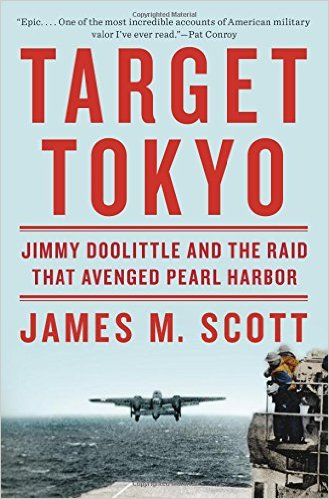
by James M. Scott
The dramatic account of one of America’s most celebrated—and controversial—military campaigns: the Doolittle Raid.
Ordering Info: Amazon
Publisher: W. W. Norton & Company, 2015



by Stephen M. Younger
Finalist for NOUS' 2019 Samuel Eliot Morison Award for Naval Literature
USS Nevada (BB-36) was America's first modern battleship. When her keel was laid in 1912, kings and emperors still ruled much of the world. When she finally slipped beneath the waves in 1948, America was the undisputed global superpower.
Nevada was revolutionary for her time: the first "superdreadnought"; the first U.S. warship to be oil fired; the first to have a triple-gun main turret; and, the first to have all-or-nothing armor. In World War I, she was based in Queenstown, Ireland, to provide protection for American convoys bringing troops to Europe. She survived the naval reduction treaties of the 1920s and was rebuilt in 1928 with the latest technology. The only battleship to get underway at Pearl Harbor, suffered damage from Japanese bombs and torpedoes and sank in shallow water. Raised and repaired, she did convoy duty in the North Atlantic before joining the invasion fleet for D-Day and the landings in Southern France. Shifting to the Pacific, Nevada provided bombardment support at Iwo Jima and Okinawa. The end of the war saw her outgunned and outmoded, but her contributions were not over. In 1946, she survived not one but two atomic tests, the second of which left the battleship too radioactive for scrapping. On a sunny day in 1948, Nevada was towed off the coast of Oahu and used for target practice. After five days of pounding by everything the Navy could throw her, Nevada was dispatched by a torpedo. She died a warrior's death.
Silver State Dreadnought is the story of a remarkable ship, but it is also the story of the remarkable men who sailed in her. Nevada's first captain, William S. Sims, brought his unique style of leadership to America's premiere battleship and set the tone for what became known as the "Cheer Up Ship." As Nevada aged, the ship gained the affectionate name "The Old Maru," beloved by all who served in her.
Ordering Info: Amazon
Publisher: Naval Institute Press, 2018
by Thomas McKelvey Cleaver
Finalist for NOUS' 2018 Samuel Eliot Morison Award for Naval Literature
On October 27, 1942, four “Long Lance” torpedoes fired by the Japanese destroyers Makigumoand Akigumo exploded in the hull of the aircraft carrier USS Hornet (CV-8). Minutes later, the ship that had launched the Doolittle Raid six months earlier slipped beneath the waves of the Coral Sea. Of the pre-war carrier fleet the Navy had struggled to build over 15 years, only three were left: USS Enterprise, which had been badly damaged in the battle of Santa Cruz; the USS Saratoga (CV-3), which lay in dry dock, victim of a Japanese submarine torpedo; and the USS Ranger (CV-4), which was in mid-Atlantic on her way to support Operation Torch.
For the American naval aviators licking their wounds in the aftermath of this defeat, it would be difficult to imagine that within 24 months of this event, Zuikaku, the last survivor of the carriers that had attacked Pearl Harbor, would lie at the bottom of the sea. Alongside it lay the other surviving Japanese carriers, sacrificed as lures in a failed attempt to block the American invasion of the Philippines, leaving the United States to reign supreme on the world's largest ocean.
This is the fascinating account of the Central Pacific campaign, one of the most stunning comebacks in naval history as in just 14 months the US Navy went from the jaws of defeat to the brink of victory in the Pacific.
Ordering Info: Amazon
Publisher: Osprey Publishing, 2017
by James M. Scott
The dramatic account of one of America’s most celebrated—and controversial—military campaigns: the Doolittle Raid.
Ordering Info: Amazon
Publisher: W. W. Norton & Company, 2015
